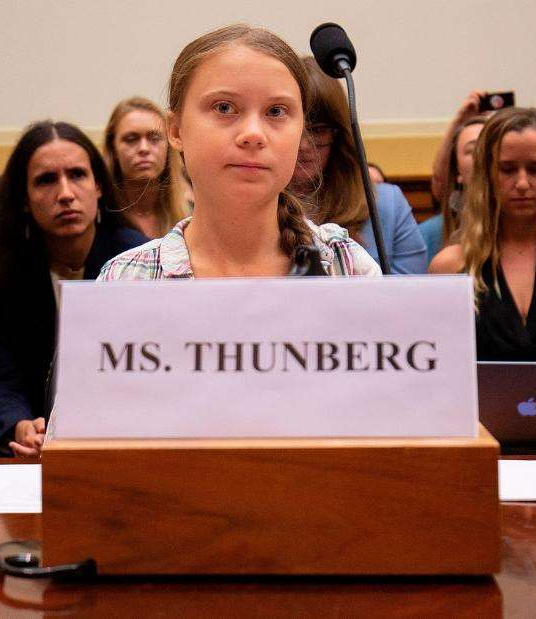Unprecedented Arctic wildfires fuel climate warming cycle – “Larger and more intense wildfires could substantially accelerate the release of permafrost carbon into the atmosphere”

By Kat Kerlin
8 November 2022
(UC Davis) – From Sierra Nevada forests to Arctic peatlands, climate warming is turning some long-held carbon sinks into carbon sources as wildfires increasingly send stored carbon up in smoke.
In the Arctic, vast amounts of carbon have been locked beneath frozen soil, much of it in peatlands. Climate warming dries the peat, making it more susceptible to fire, which releases permafrost carbon into the atmosphere as carbon dioxide. This contributes to more climate change, more fires, and more carbon releases. In science circles, this vicious cycle is called a “feedback loop,” and it’s not currently being considered in forecasts for the Arctic.
Polar ecologists Eric Post of UC Davis and Michelle Mack of Northern Arizona University explain this dynamic in “Arctic Wildfires at a Warming Threshold,” a “Perspective” piece published this month in the journal Science [pdf].
They describe a study conducted by Adrià Descals of Spain’s Centre de Recerca Ecológica that links “unprecedented fire activity above the Arctic circle” to rising temperatures.
That study found that more of the Siberian Arctic burned in 2019 and 2020 than during the 39 years preceding it.
“Larger and more intense wildfires could substantially accelerate the release of permafrost carbon into the atmosphere,” Post and Mack write.
The authors say Descals’ study provides insight into what the future of Arctic wildfires may look like under increased warming. They call for future studies to assess wildfires with the dynamics of thawing permafrost to better understand the climate impacts.
Unprecedented Arctic Wildfires Fuel Climate Warming Cycle
Arctic wildfires at a warming threshold
ABSTRACT: Vast amounts of organic carbon are stored in Arctic soils. Much of this is in the form of peat, a layer of decomposing plant matter. Arctic wildfires release this carbon to the atmosphere as carbon dioxide (CO2) (1) and contribute to global warming. This creates a feedback loop in which accelerated Arctic warming (2) dries peatland soils, which increases the likelihood of bigger, more frequent wildfires in the Arctic and releases more CO2, which further contributes to warming. Although this feedback mechanism is qualitatively understood, there remain uncertainties about its details. On page 532 of this issue, Descals et al. (3) analyze data from the 2019 and 2020 wildfire seasons in the Siberian Arctic and predict the extent of carbon-rich soils likely to burn in the area with future warming. Critically, they suggest that even minor increases in temperature above certain thresholds may promote increasingly larger wildfires.

